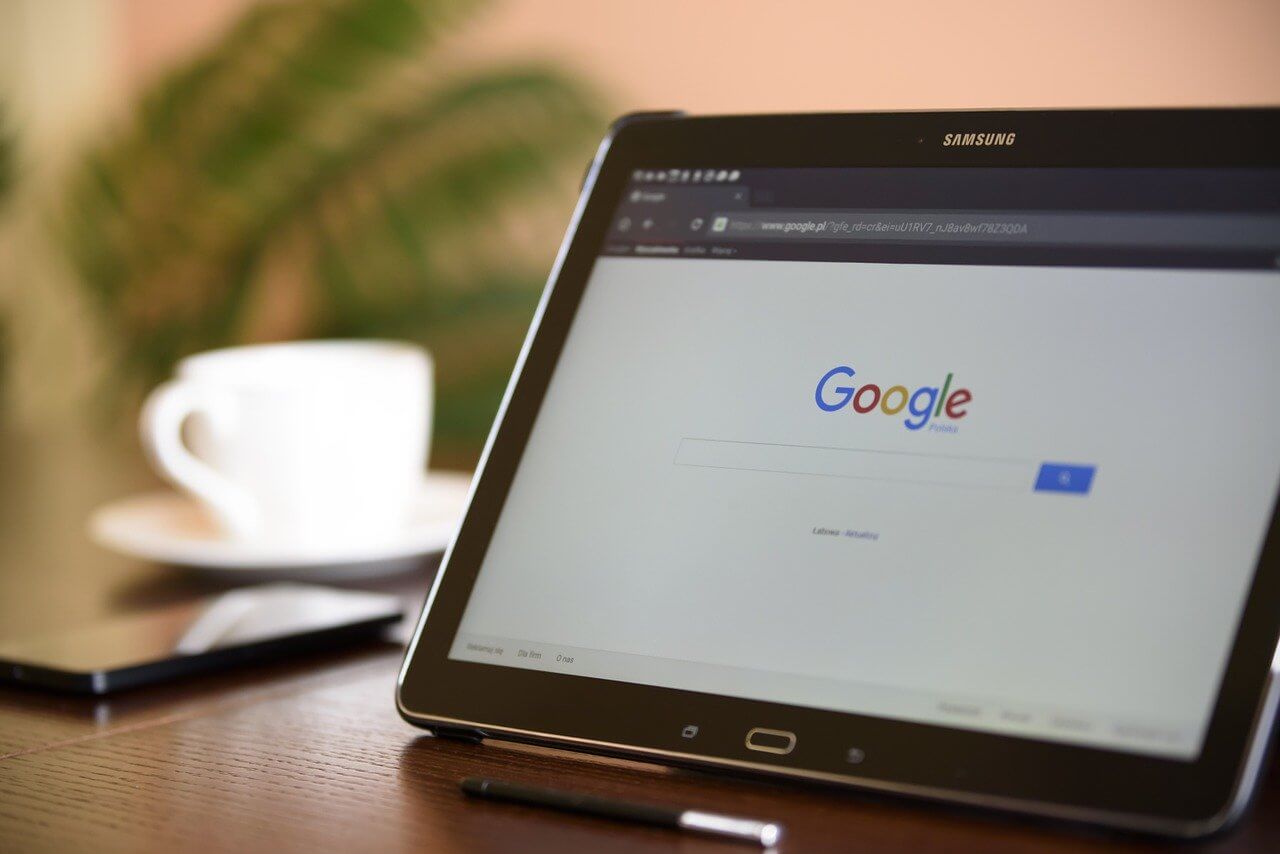How to Use Geolocation in Retail Marketing
Posted on November 5, 2019
It has only been six years since beacons first made their way into the retail market, and we’re now seeing a more extensive array of applications for geolocation marketing technologies. Many geolocation marketing services have cropped up to cater to a continuously expanding segment, from subscription-based service providers to device manufacturers.
Despite the unprecedented growth in this space, the market enthusiasm doesn’t match the numbers. Data shows that retailers may not even know what to do with geolocation marketing technologies, or they might need to brush up on it.
According to a marketing automation software provider, more than half of retailers lack the know-how to provide personalized mobile shopping experiences for their store visitors. While 54% use apps, only 12-16% send out behavior-based push notifications. What’s worse, the average retailer scored only 5.5 out of 20 points in terms of maximizing app use.
If this sounds all too familiar to your organization, consider revamping your location-based marketing strategies with some tried-and-tested recommendations.
Improving Geolocation Marketing
Here’s a list of ideas on how your team can implement better geolocation marketing campaigns.
New Customer Acquisition
Retailers can increase brand awareness within a small geographical scope through location-triggered mobile ads or text messages. This method, also known as geofencing, is done by setting up “digital fences” within predefined marketing “zones.” It allows technology users to push in-app notifications to people in specific areas.
Starbucks was one of the first companies that experimented with the use of geofences. The Seattle-based international coffee chain sends out in-app discount codes and “happy hour” reminders to customers within specific branches’ vicinities. Its mobile app also utilizes geofencing to allow customers to place coffee orders automatically, no longer requiring them to fall in line. For someone on the go, that is excellent customer service indeed.
Personalized Content
Geolocation marketing services allow retailers to serve personalized content to customers to influence their buying decisions, whether they are offline, online, or on-premise. This approach is made possible through the use of geofencing and IP geolocation, both of which determine locations a customer has visited in the past, his recent product searches, and his frequently accessed apps or sites. An example of this is when a clothing retailer serves a sponsored ad about summer dresses in a shopper’s social media feed after the latter has been to a tropical destination.
Optimized In-Store Customer Experience
Beacons, Apple’s geolocation technology, is a popular way for retailers to deliver in-store promotions and additional product information to customers to improve their buying experiences in brick-and-mortar stores.
Home Depot, Barney’s, Macy’s, Under Armour, and Foyles are early adopters of this application. They use apps that switch to “in-store mode,” when customers are in the area, allowing them to quickly look for a product, navigate the store, or receive exclusive offers.
Steal Rivals’ Customers
Retail shops can use location-based data to steal their competitors’ customers craftily. Also known as geo-conquesting, this strategy is used by brands such as Whole Foods to win their rivals’ customers over. Like geofencing, the technology uses “triggers” installed in nearby locations that send out discount coupons and similar promotions to shoppers in places associated with a brand’s competitors.
Preventing Fraud
E-commerce sites and banks employ IP geolocation raw data and Global Positioning System (GPS) tracking to ensure the legitimacy of transactions. Payment card fraud and identity theft are so commonplace that retailers and financial institutions have set up stricter controls and cybersecurity measures with online purchases and payment processing.
Most fraudulent transactions typically occur when a cardholder is on vacation overseas. These cases usually involve unusually large-scale card-not-present purchases. The consequent reactivation process that customers have to go through causes great grief and at times leads to revenue losses for merchants and banks. Whatever the case may be, however, the benefits of fraud alerts and barriers set up through geolocation services are indispensable to any organization.
Business Intelligence
Location data can be used as a basis to identify an establishment’s demographics, appeal to their interests and predict their behaviors and shopping patterns. Stores can also use geolocation marketing data to take advantage of instantaneous, “unpredictable moments,” which Google dubs as “micro-moments.”
Timing is everything in today’s world, and spotting micro-moments in the lives of your consumers, and being prepared with the right ad or message to send out to them in these instances matters. You can run A/B tests and gather more precise results, including those with the help of geolocation data.
Bottom line
Supercharge your marketing efforts with an IP geolocation API that provides very detailed and accurate customer information for more informed insights and effective experience-enhancement strategies. It’s easy to integrate into existing apps and systems so you can make sure you’re targeting the right people at the right time and place.
Read the other articles